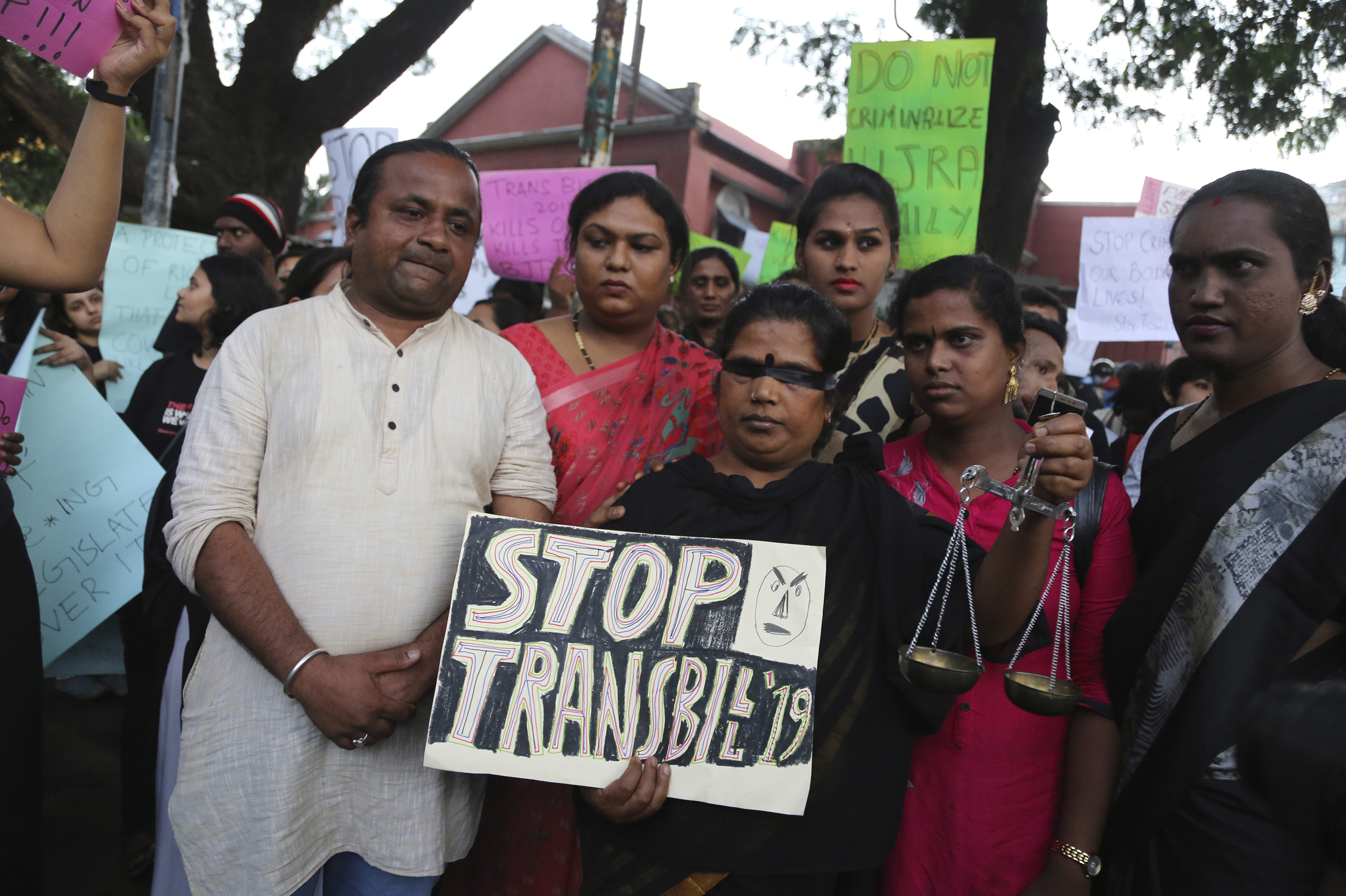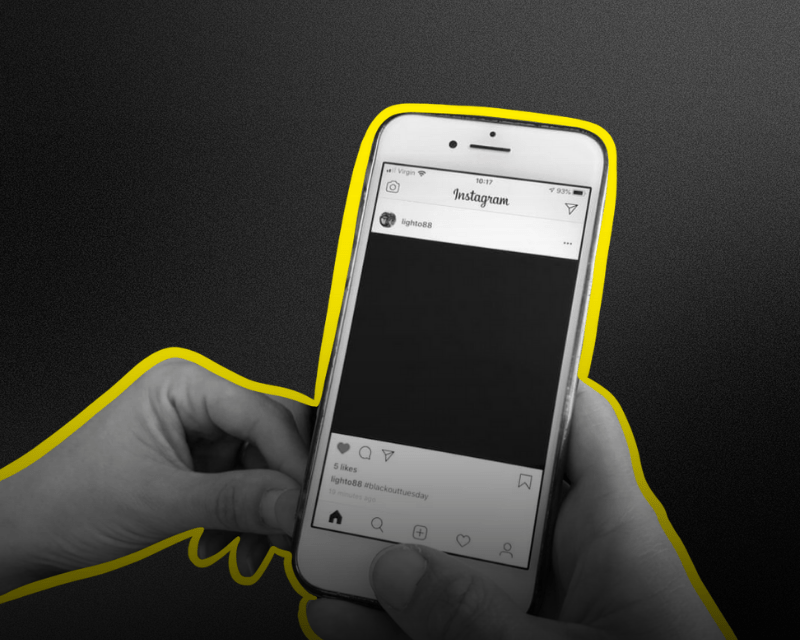The metaverse was operational before Mark Zuckerberg launched the platform Facebook, now rebranded as Meta. A virtual space where pogroms were orchestrated, wars waged, toolkits saved lives and revolution was finally televised. Social media and the vast catalogue of informational sites have given us the scope to educate ourselves with both genuine and manufactured knowledge. In this post-truth cesspool, gender politics has made its resounding presence felt.
From feminist movements like #MeToo, #YesAllWomen, #TimesUp, to queer mobilisation under #LoveIsLove #LGBTQRights to the anti-caste #SmashBrahminicalPatriarchy, the internet bore witness to the creation of a more inclusive and intersectional space. Profiles carrying their pronouns is a very small but distinct marker of how these movements have provided a new and democratic space for assertion of multiple identities. But these movements often create counter-current echo chambers, resulting in experiential disparity in the physical public space.

One of the most famous feminist movements that brewed in the social media ecosystem, set afoot by Tarana Burke, was the #MeToo movement in 2018. The original spark was lit by American actor, singer, producer and author Alyssa Milano, who shared her story of sexual assault by former American film producer Harvey Weinstein on Twitter, pushing hundreds of women out of their silence.
Weinstein’s case reached the court, that finally found him guilty of rape in 2020 and sentenced him to 23 years in prison. But the larger movement that raged on social media saw very little judicial movement in India. Small wins like ex-minister MJ Akbar’s loss of a defamation case against journalist, author and editor Priya Ramani did little for the movement.
The exclusivity of most discourses on social media remains with a certain class, and this is one of the biggest reasons in the failure to convert these movements and their effect in the public physical space. There are many household names of trans-activists and influencers who are laying the groundwork for an informed generation, but the effects are slower to see in the real world than in the virtual space
Even as corporates tried to be more cognizant of the The Sexual Harassment of Women at Workplace (Prevention, Prohibition and Redressal) Act (POSH Act) and make it a part of workplace protocol, the mobility of that conscience remained on the surface. #MeToo became a common joke in public spaces occupied by cis-men, and sadly, a lot of cis-women. In the virtual space, survivors and activists shut out populist patriarchal narratives, driven by the need for safety and exhaustion of locking horns with enablers/apologists, because one has the option to block someone and/or lock one’s profile.
But the larger physical space, the traditional reality, cannot be altered so easily. It dismissed these movements as a social media fad-wagon, something removed from routine life.
A few years ago, around the same time as #MeToo was making its impact felt, the anti-caste feminist action coined the term #SmashBrahminicalPatriarchy as a call to action. Twitter CEO Jack Dorsey’s viral picture holding a poster with the same words created an uproar on Twitter with dominant caste cis-men and women calling Dorsey a Brahmin-hating bigot.
In the many ludicrous arguments that followed that post, positioned by majorly savarna intellectuals, one pointed out the façade created by social media. The close-door “all inclusive” meeting amongst women, discussing Twitter as a safe space, was majorly occupied by journalists and activists espousing similar political discourse. But the inability to include women from the likes of the 2016 Ready To Wait campaign, that had sparked the Sabarimala controversy, showed the lack of inclusivity within the larger scope of feminist movement when shifted from the digital to the physical.
The solidarity and ally-ship falls through at most intersections when brought under the sun. Virtue signalling, a term popularised in the last few years, promotes a common behaviour of paying lip service to any trending social justice movement. Its impact on physical spaces, public policies and governance trickles down to a bumper sticker at best.
The anti-Trans bill, officiated in 2019, met with a veritable resistance from the community and its allies on social media in India. #ResistTransBill was a considerable push-back that accumulated momentum on social media, becoming an effort towards a thorough awareness amongst the LGBTQIA+ community and the cis-het population, about the violence and erasure faced by the trans-community across India.
Also read: Internet Shutdowns: Is Dissent A Threat To The Government?
The virtual world is a no-man’s land, an alternative space where you can extend reality beyond its elastic limits and realign political hierarchies in popular discourse. But the success of inclusivity and intersection on these platforms must be weighed alongside the backlash it brings. The echo chambers of the many feminist and queer discourses that exist on the internet fail to hold in the physical public space, because freedom of expression is easier to be had from behind the curtains of one’s device on the no-man’s land, than in the physical reality of public spaces and everyday interactions
There were a few months of road rallies and protests in the city hubs but it soon was contained within the virtual space. The movement installed a solid and loud voice of the trans community in the virtual discourse, which was a win, but it failed to mobilise the same on ground.
The exclusivity of most discourses on social media remains with a certain class, and this is one of the biggest reasons in the failure to convert these movements and their effect in the public physical space. There are many household names of trans-activists and influencers who are laying the groundwork for an informed generation, but the effects are slower to see in the real world than in the virtual space.

The virtual world is a no-man’s land, an alternative space where you can extend reality beyond its elastic limits and realign political hierarchies in popular discourse. But the success of inclusivity and intersection on these platforms must be weighed alongside the backlash it brings.
The echo chambers of the many feminist and queer discourses that exist on the internet fail to hold in the physical public space, because freedom of expression is easier to be had from behind the curtains of one’s device on the no-man’s land, than in the physical reality of public spaces and everyday interactions. As Spike Jonze’s AI character from his film ‘Her’ describes the machine-world in The Moon Song, “It’s a dark and shiny place, But with you my dear, I’m safe, And we’re a million miles away.”
The virtual world has an immense resource pool for us to study and engage with. But the difficult conversations need to be drawn out of the internet and brought to the physical world to activate palpable change. The internet has simultaneously provided us a space to open up and also to hide.
To make the physical space more receptive of free-thinking allies, there is a need to use the information and momentum created on the internet to facilitate safer public spaces that are inclusive of marginalised voices.
Also read: Privilege And Performativity: The “Influencer” Culture Is Rife With Caste Entitlement
Featured Image: The Conversationalist
About the author(s)
She/they is an editor and illustrator from the suburbs of Bengal. A student of literature and cinema, Sohini primarily looks at the world through the political lens of gender. They uprooted herself from their hometown to work for a livelihood, but has always returned to her roots for their most honest and intimate expressions. She finds it difficult to locate themself in the heteronormative matrix and self-admittedly continues to hang in limbo




